Orchid season has been rather busy and I’ve been trying to capture as much as I can, traveling all over the south west of Western Australia as the season progresses.
I’m including a few botanical names with the photos, where they are obvious and I’m fairly certain of what they are, though once we start getting into the spiders, forget it. Spider orchids can be notoriously difficult to identify as many are fairly similar, many others have great variety within the one species, and a lot of them can crossbreed.
No mistaking some of these more unusual orchids like shells and helmets though.
I watched these curly locks plants for weeks waiting for them to flower. Last year I spotted them after the flowering had finished and I thought they were queen of sheba orchids because of the very unusual spiral leaves.
This next one is beautiful, a midge orchid dancing with a drosera plant.
I found an area filled with thousands of midge and mosquito orchids on a family property in Denmark, which also included a patch filled with dozens of lutea forms of the orchid. Lutea orchids are a genetic diversity or mutation where a plant has no colour, it’s straight green and/or yellow with no colour pigments.
I feel like I could have made a whole post on the midge and mosquito orchids, just beautiful little things growing out of mossy grounds amongst the droseras.
Argh, yes, so many orchids to post up from over the past 3 or 4 months.
I did say I wasn’t going to attempt to name the spider orchids, the orchid above is a Caladenia longicaudia, pretty certain of that, but there are then about 14 subspecies. Throw in the fact that there can be wide variation in each and any of these, as well as crosses with other species, speaking of crosses.
The wheatbelt spider is a cross between Caladenia longicaudia and a Caladenia falcata, the green spider orchid.
Wheatbelt spiders can be a very beautiful mix.
Once again, I could make a whole post about these beauties, but I should probably stop posting them.
One parent of the wheatbelt spider is the Caladenia longicaudia pictured below, and under that is the other parent Caladenia falcata
I might leave this post as is for now, I have months worth of orchid pictures I want to post but I need to sort through them a little.

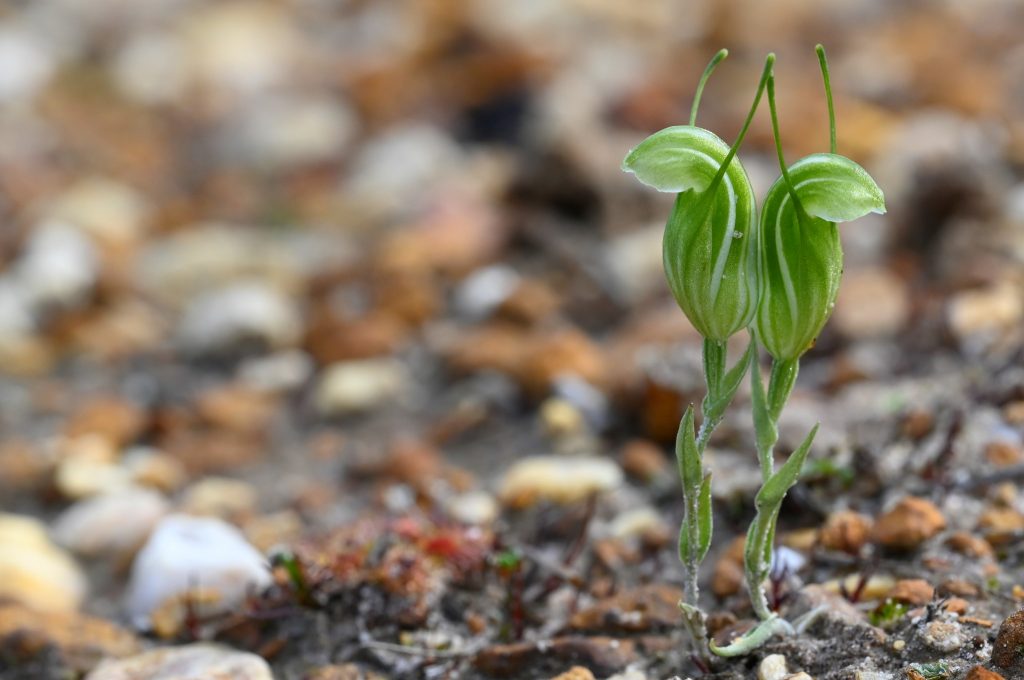
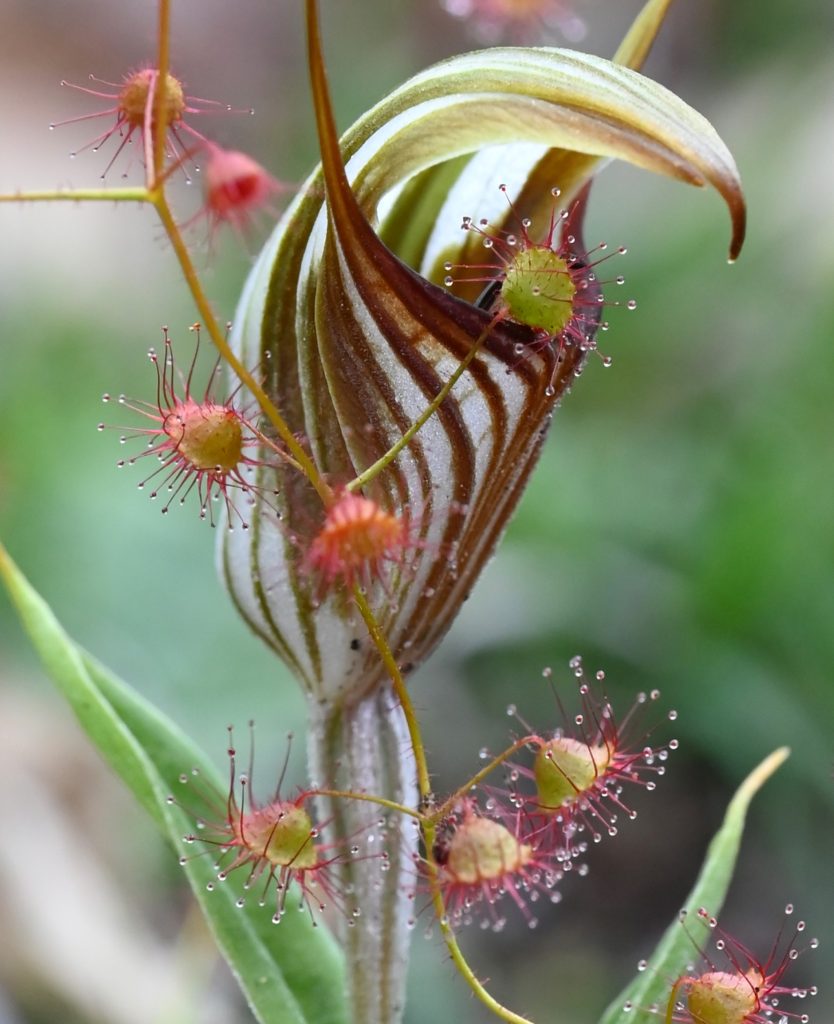

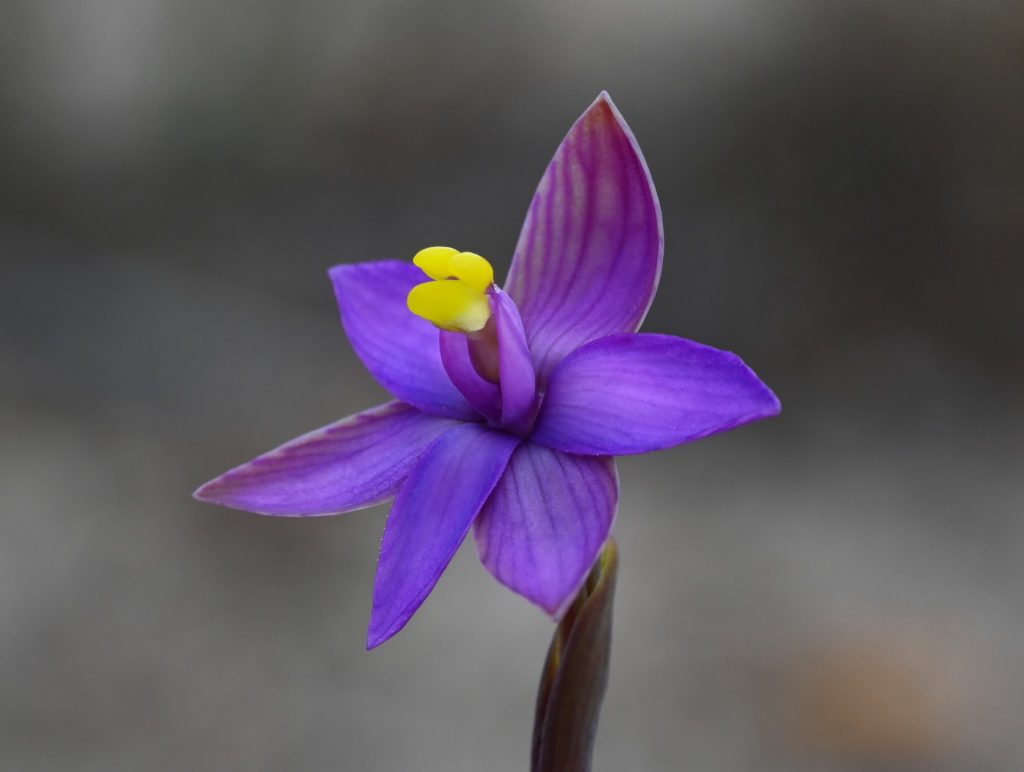
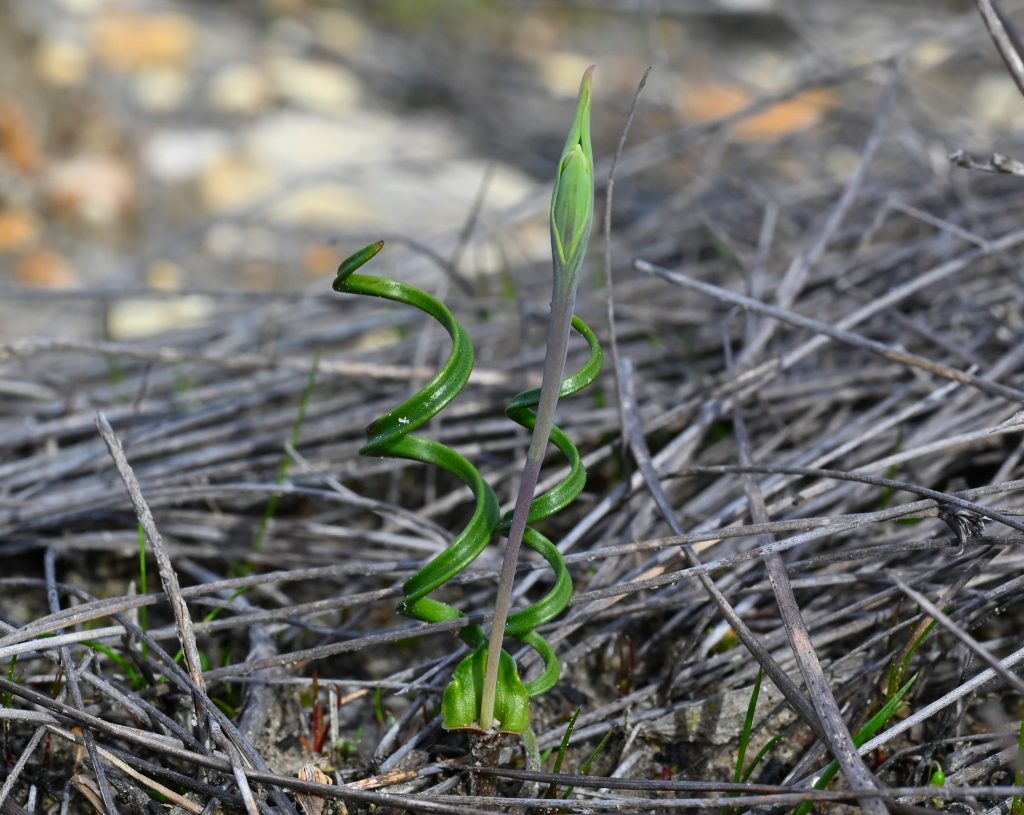

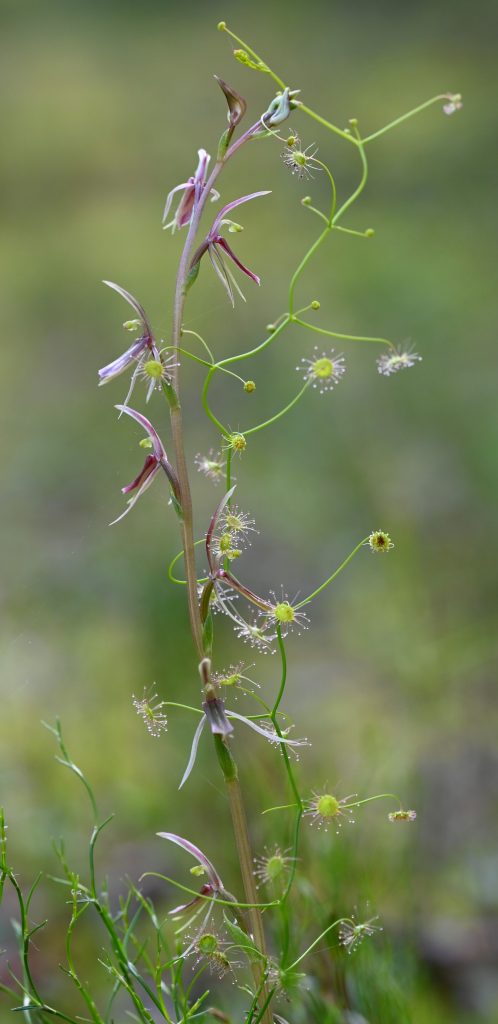

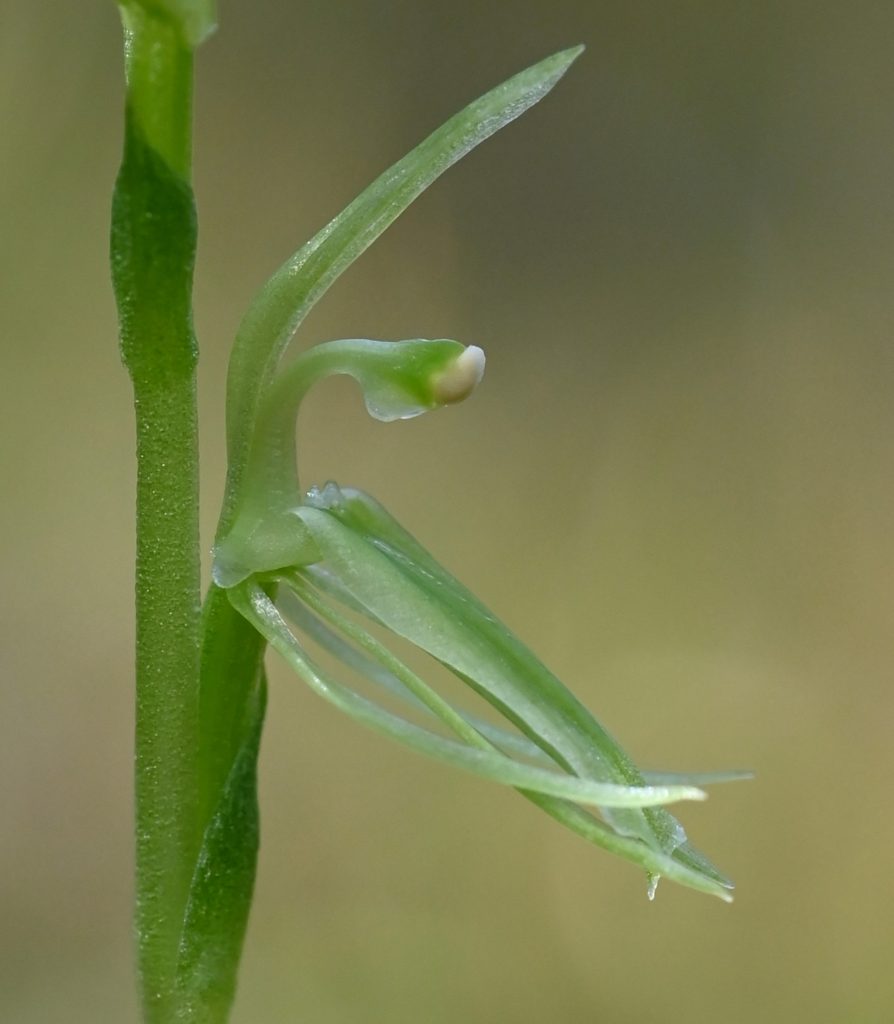
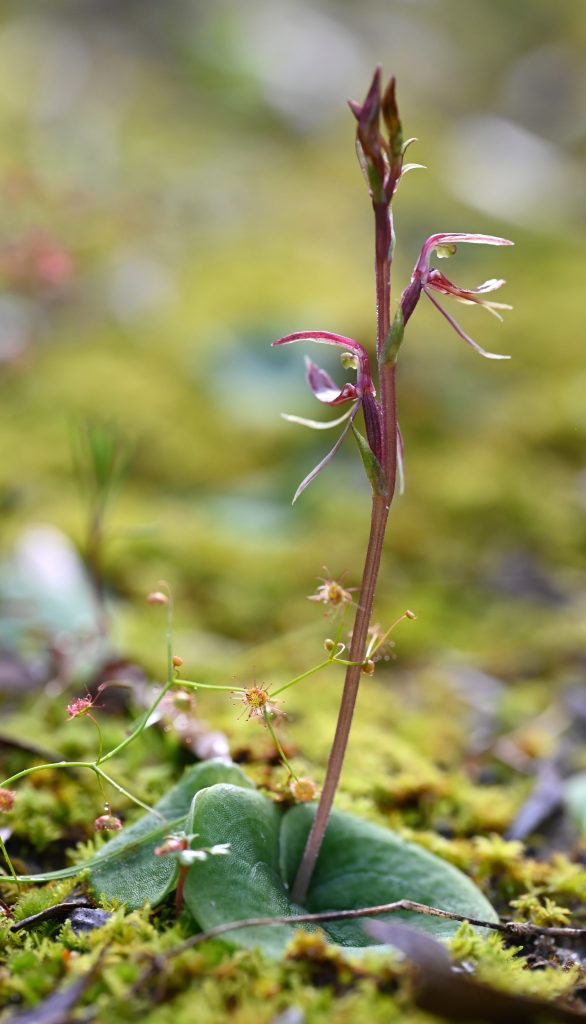
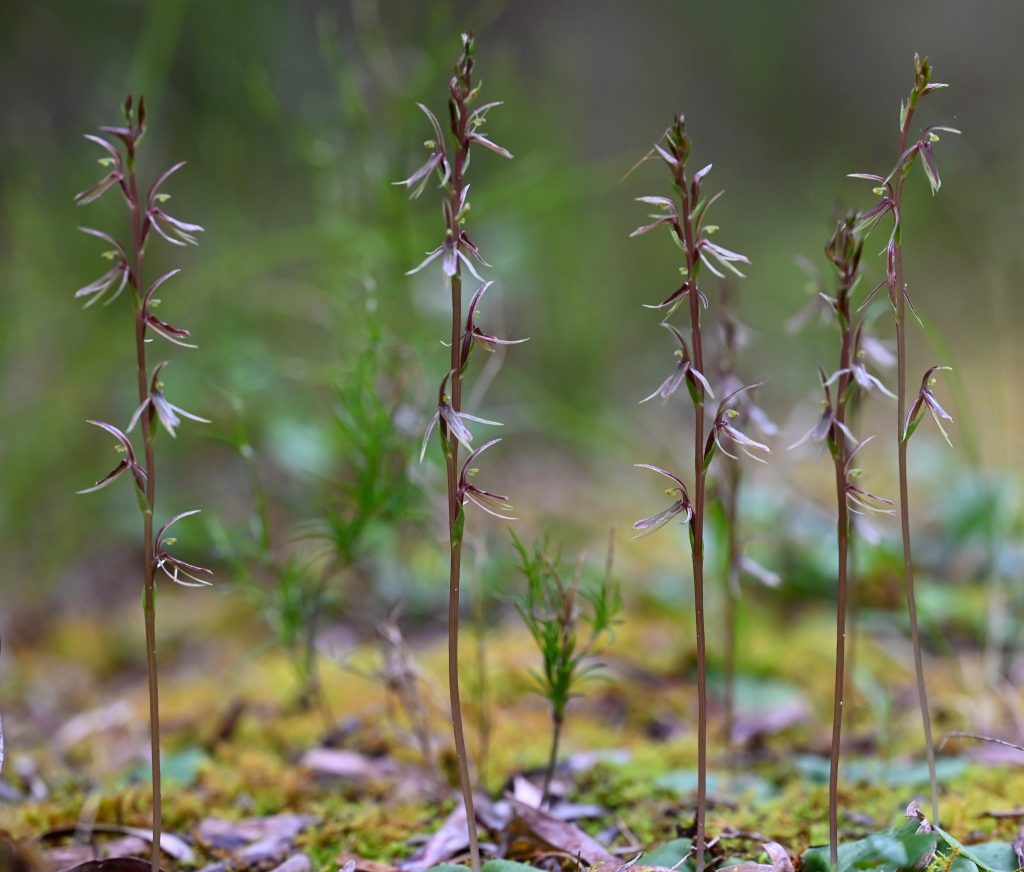
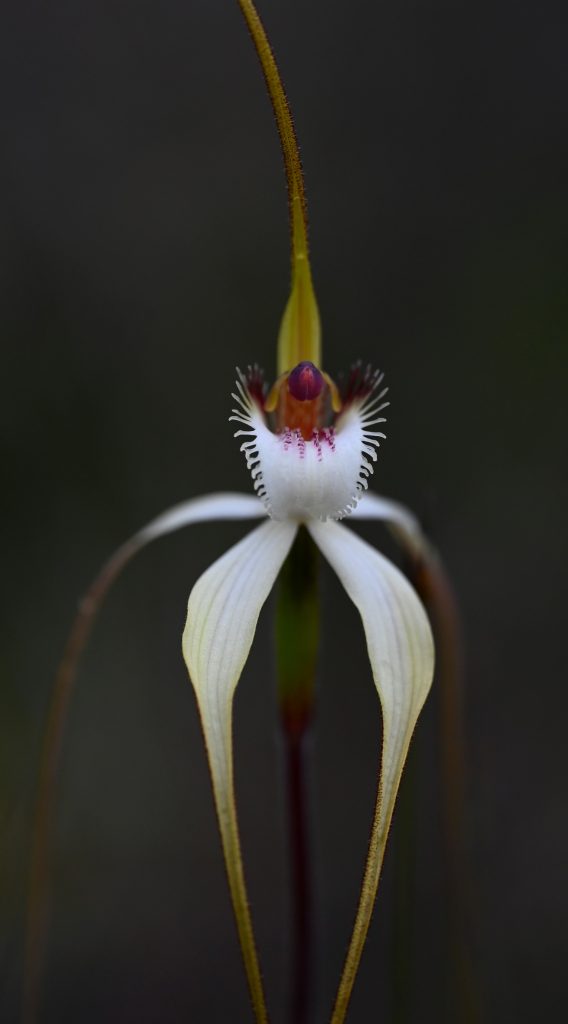
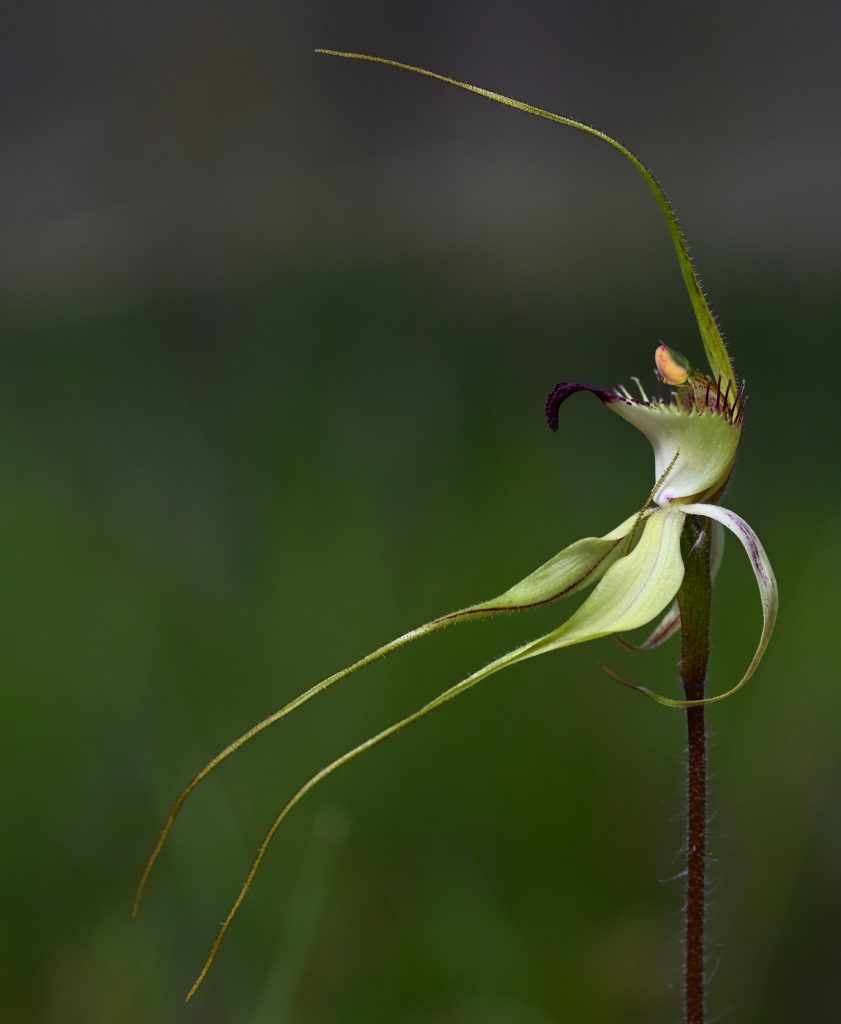
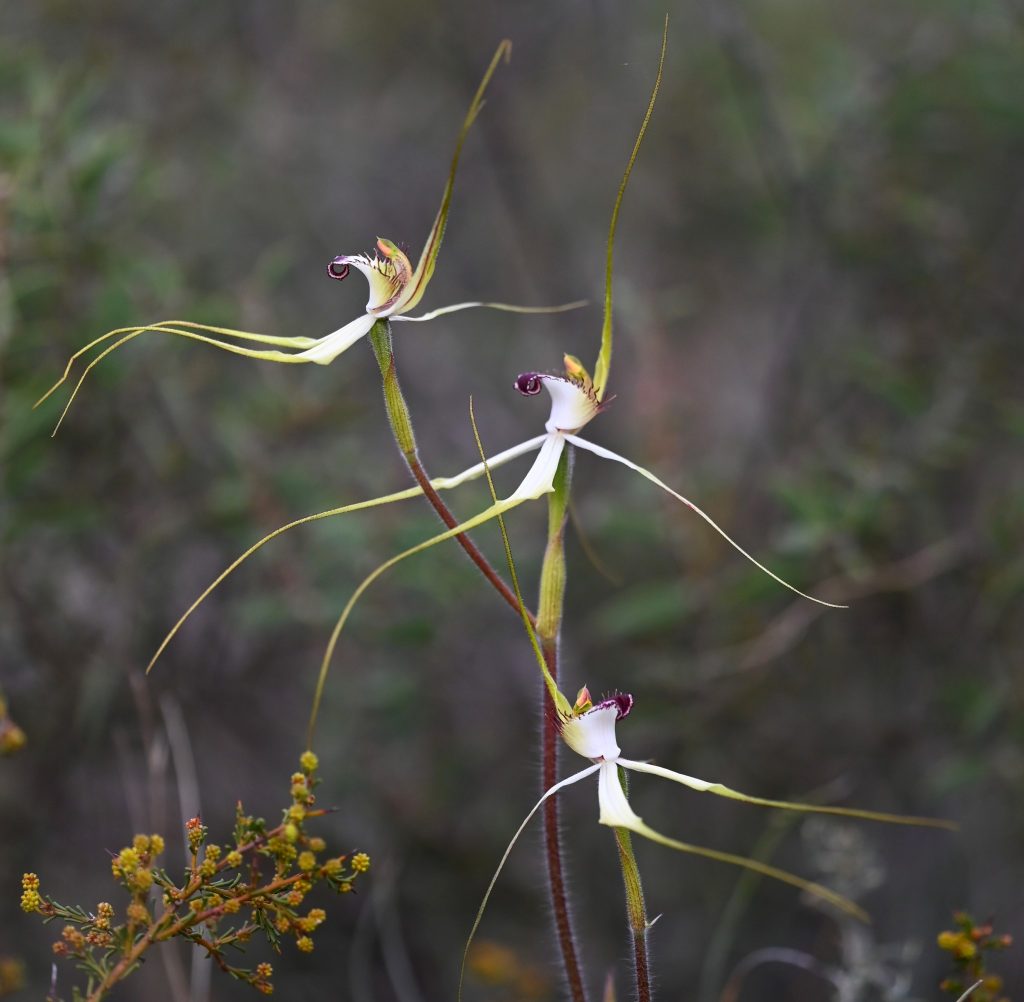
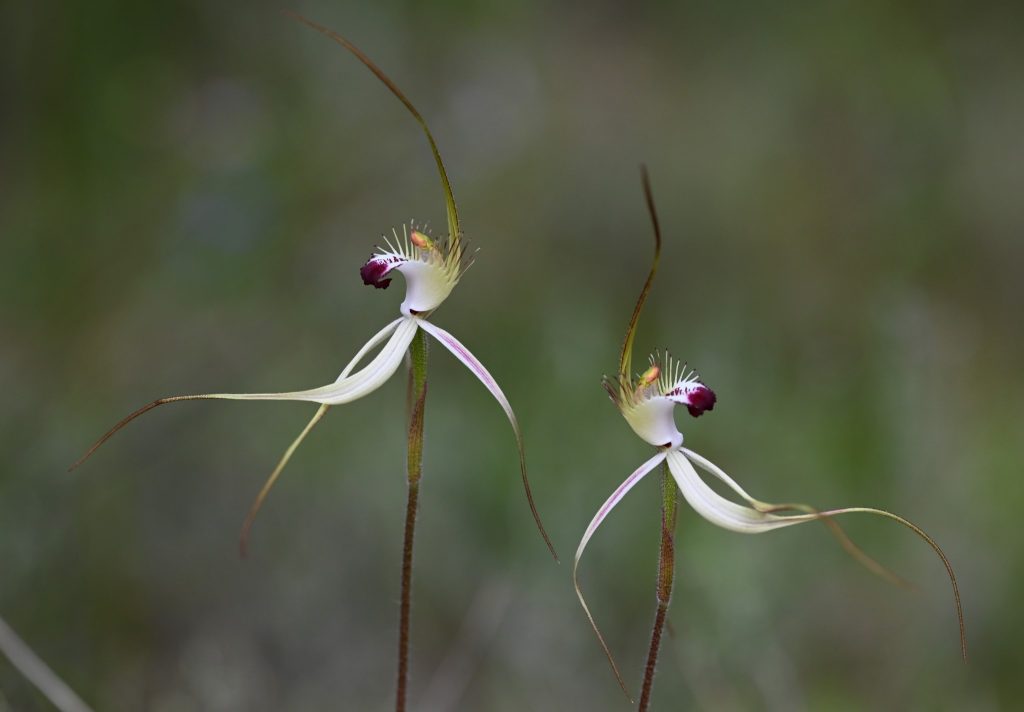
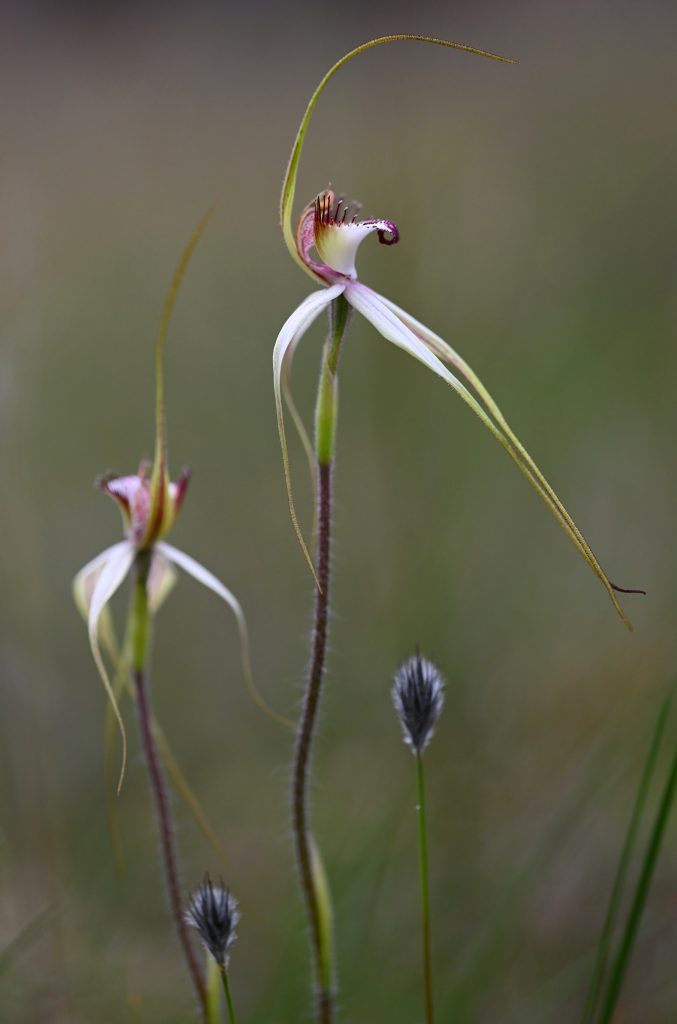

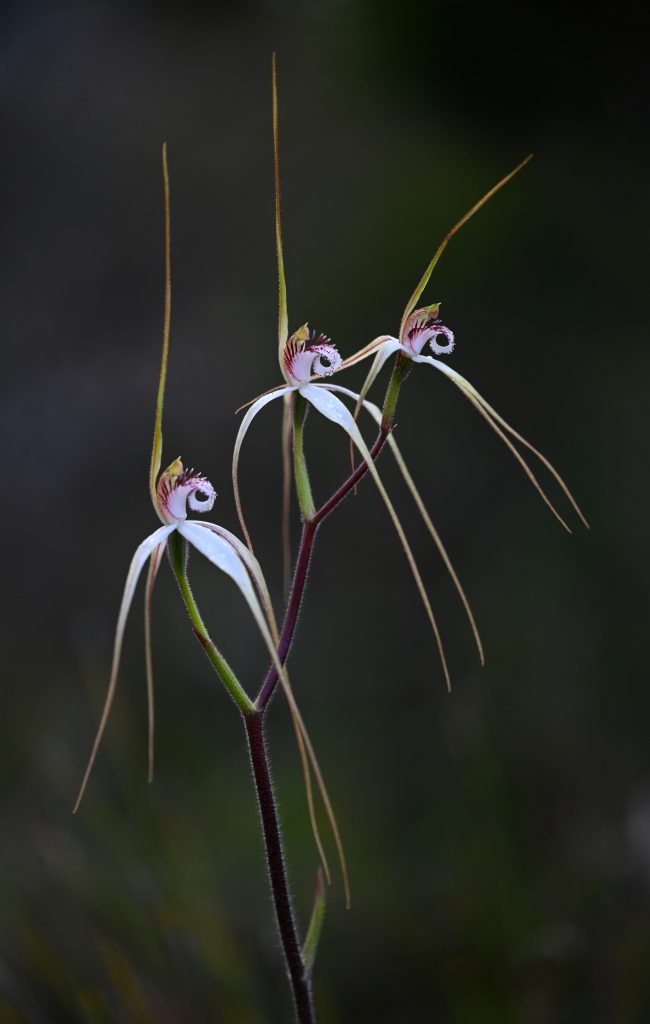

No Comments